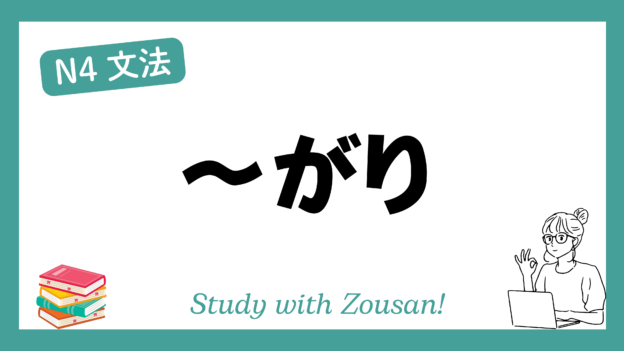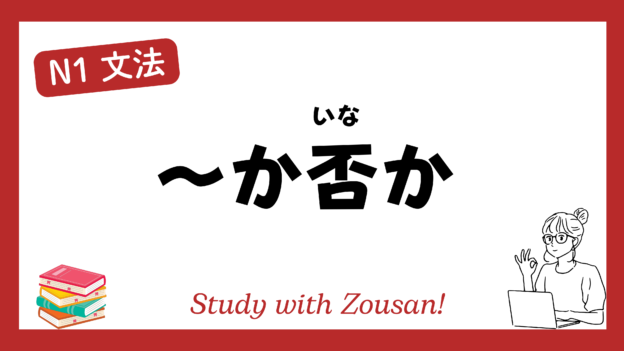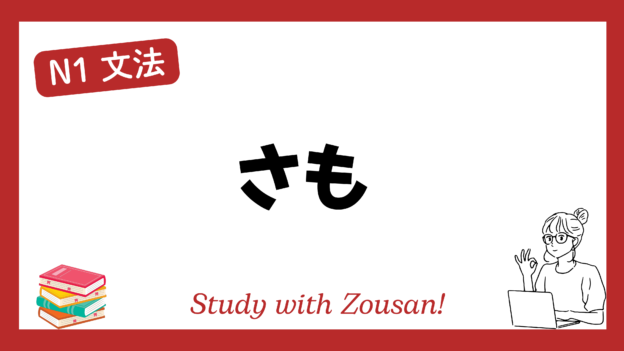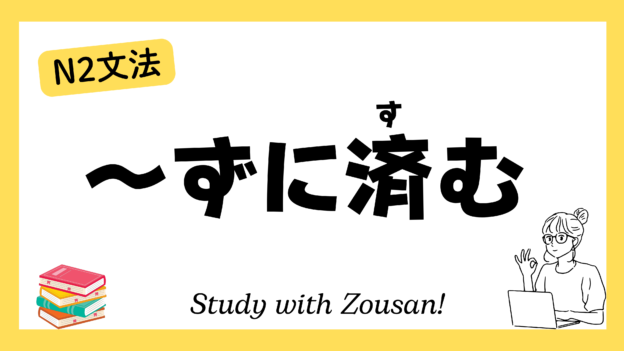N2文法:~げ
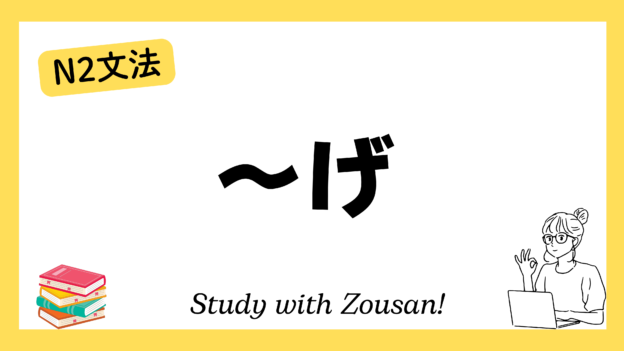
2024.10.17
Meaning: “Seeming…” / “Looking…” / “Appearing…”
The structure “~げ” is used to express the speaker’s guess or impression about someone’s feelings, state, or situation based on their appearance. When added after adjectives or certain nouns, it conveys that something “seems” or “looks” to be in a certain state.
※Note:
- “~げ” is often used with certain adjectives and nouns such as 寂しげ (looking lonely), 不安げ (appearing anxious), and 自信ありげ (looking confident).
- This structure is used to describe an emotional or attitude impression, without making a definite statement.
Structure:
| な-adjective |
+ げ |
| い-adjective + Irregular: いい/よい => よさ |
|
| Verb |
|
| Verb た |
|
| Noun (very limited) |
Example:
-
-
-
🌟 彼は自信ありげに話している。
(かれ は じしん ありげ に はなして いる)
He’s speaking with an air of confidence. -
🌟 彼女は何か言いたげだったが、結局何も言わなかった。
(かのじょ は なにか いいたげ だった が、けっきょく なにも いわなかった)
She seemed like she wanted to say something, but she ended up saying nothing. -
🌟 彼は不安げな表情をしていた。
(かれ は ふあん げ な ひょうじょう を して いた)
He had an anxious expression. -
🌟 彼女は楽しげに笑っている。
(かのじょ は たのしげ に わらって いる)
She’s laughing happily. -
🌟 彼は寂しげに窓の外を見ていた。
(かれ は さびしげ に まど の そと を みて いた)
He was looking outside the window with a lonely expression. -
🌟 彼女は満足げにうなずいた。
(かのじょ は まんぞく げ に うなずいた)
She nodded with a satisfied expression. -
🌟 その子は興味ありげに本を見ている。
(その こ は きょうみ ありげ に ほん を みて いる)
The child is looking at the book with apparent interest. -
🌟 彼は驚きげに目を大きく開けた。
(かれ は おどろき げ に め を おおきく あけた)
He opened his eyes wide in apparent surprise. -
🌟 彼女は少し恥ずかしげに微笑んだ。
(かのじょ は すこし はずかしげ に ほほえんだ)
She smiled a bit shyly. -
🌟 彼は悩みげな顔をしていた。
(かれ は なやみげ な かお を して いた)
He had a troubled expression.
-
-





